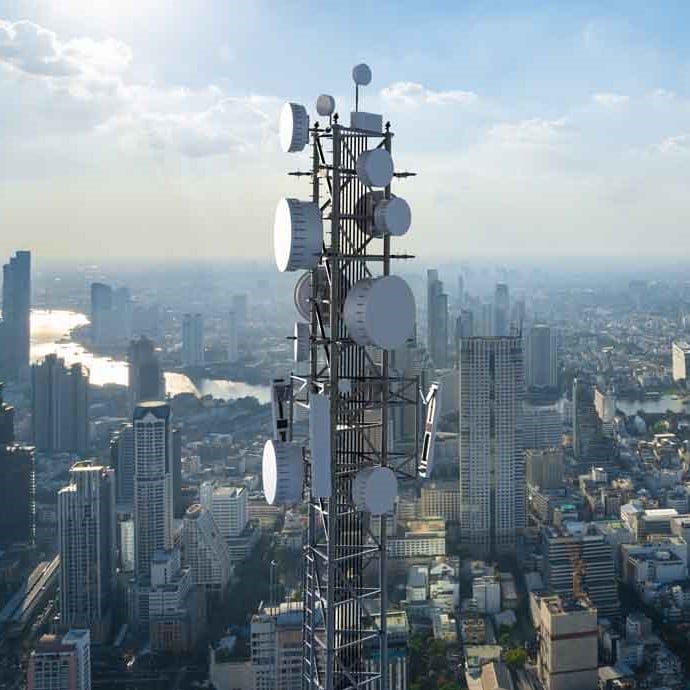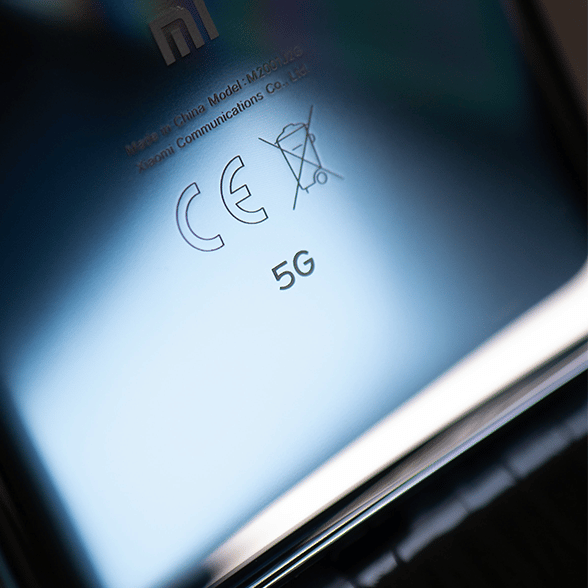Verizon plans to use the 5G Ultra Wideband name for the service that the company expects to begin offering in the first quarter of 2022 using C-band spectrum. Until now, Verizon has reserved the Ultra Wideband name for service deployed in the millimeter wave band, which supports the highest speeds but over relatively short distances.
“C-band spectrum provides a valuable middle ground between capacity and coverage for 5G networks and will enable 5G Ultra Wideband speeds and coverage for . . . mobility, home broadband and business internet solutions,” Verizon said in a press release.
Verizon was the biggest winner in the C-band spectrum auction, which concluded in January. The company committed to spend over $45 billion on spectrum licenses which, according to today’s press release, are for an average of 161 MHz of spectrum nationwide.
The auction included two classes of licenses – one for spectrum in 46 markets slated for early clearing and another for the remaining spectrum, slated for clearing at a later date. The early clearing date is the end of this year and Verizon plans to waste no time deploying spectrum in those markets.
Today’s press release noted that Verizon has selected Ericsson and Samsung to provide radio access network equipment for C-band deployments and that Verizon expects to have completed deployments to areas serving 100 million customers by March 2022. Those customers are all in the 46 markets slated for early clearing, as remaining spectrum is not slated for clearance until 2023.
Verizon said it expects to have 175 million people covered by 2023 (also in the initial 46 markets) and to have 250 million people covered by “2024 and beyond.”
Verizon C-band Plans
Of the three nationwide mobile carriers, Verizon was most in need of mid-band spectrum prior to the C-band auction, which included spectrum between 3.7 and 3.98 GHz that is considered to fall in the mid-band category. Initially the company focused on millimeter wave spectrum because of the high speeds the spectrum can support. The company subsequently deployed 5G service in lower frequency bands, but on a shared basis with earlier-generation service – an approach that limited the speeds that could be supported. The company uses the name 5G Nationwide for service deployed on that basis.
Verizon’s broad C-band holdings should give it the opportunity to improve coverage in comparison with its millimeter wave service and to improve speeds in comparison with its 5G Nationwide service. The company noted in today’s release that it expects to be able to deploy the new network equipment required to support the C-band deployment on existing towers.
Ericsson’s role will be to supply antenna-integrated radio products that use massive multiple input multiple output architecture (MIMO) to provide “high performance through Ericsson Uplink Booster and advanced beamforming technology to provide a better user experience,” Verizon said.
Samsung will supply massive MIMO radios and fully virtualized radio access network (vRAN) technology. Verizon said its previous collaboration with Samsung on “the industry’s first wide-scale commercial vRAN” will enable Samsung’s C-band massive MIMO radios to be “deployed faster and more efficiently via their software-driven management and commissioning.”
AT&T was the second-biggest spender in the C-band auction and previously announced Nokia as a supplier for that network.


